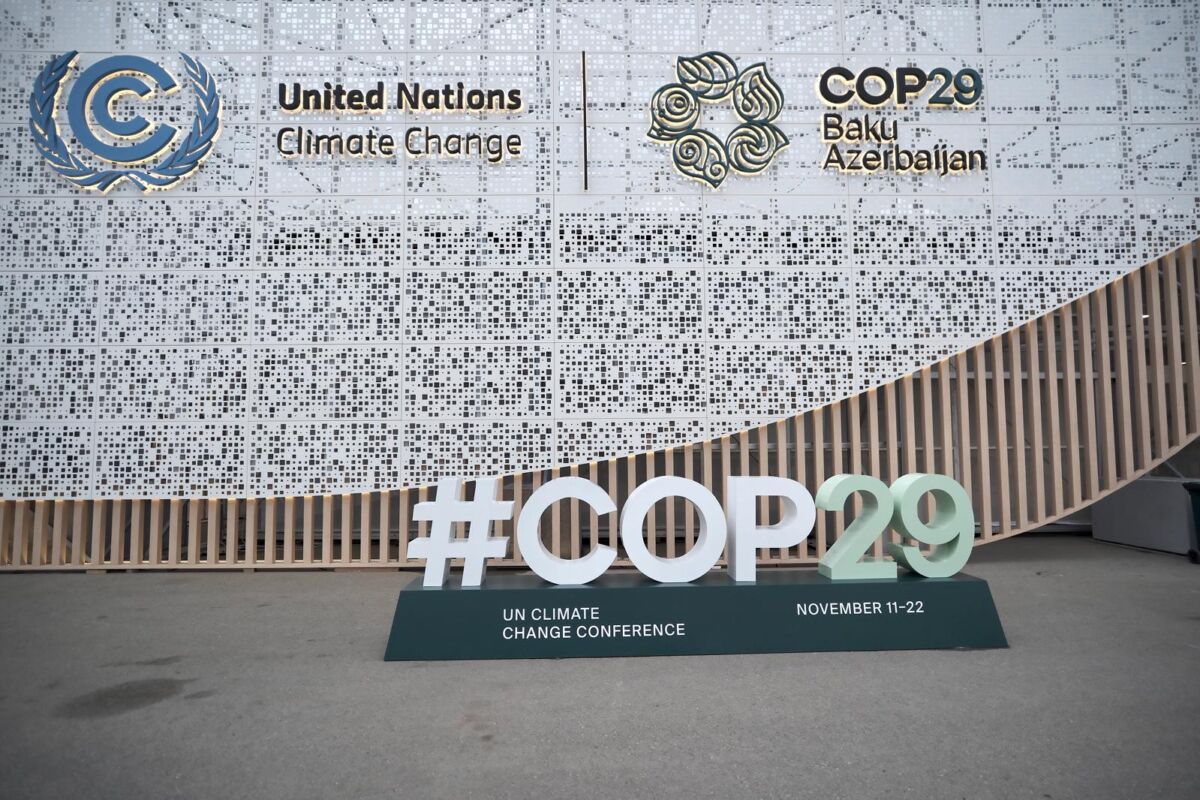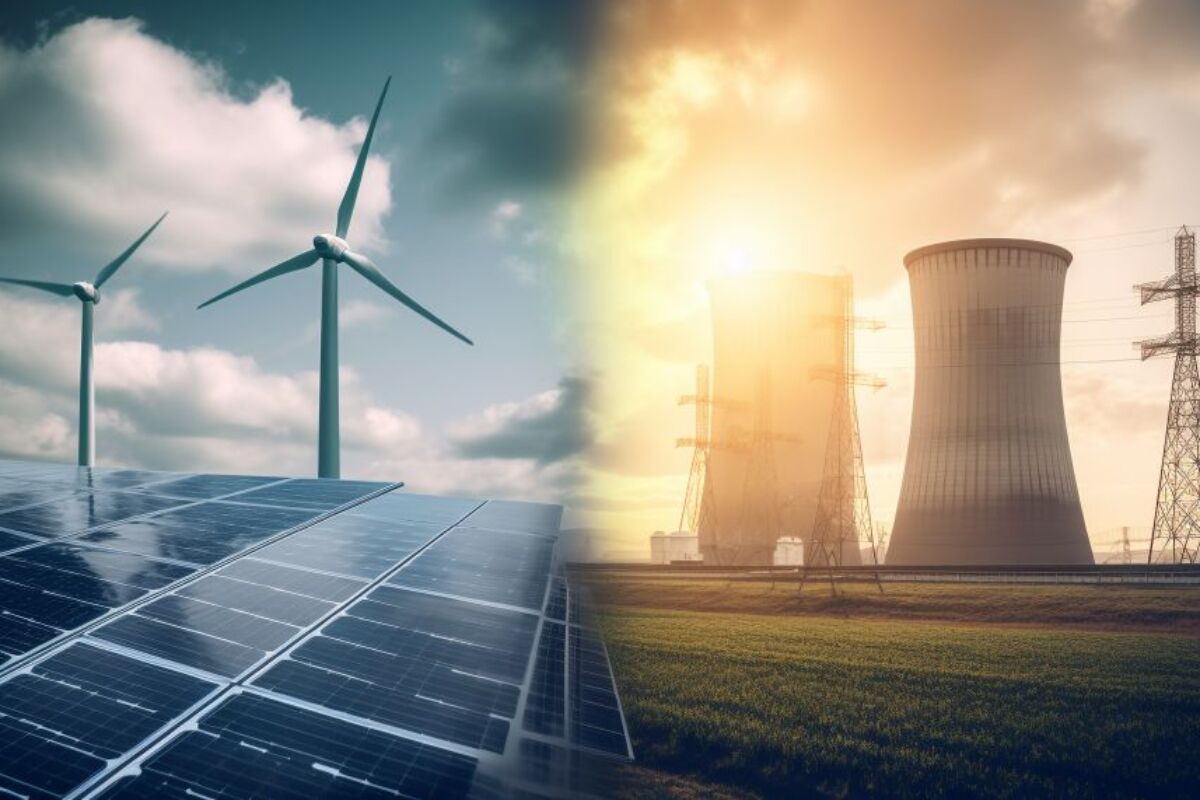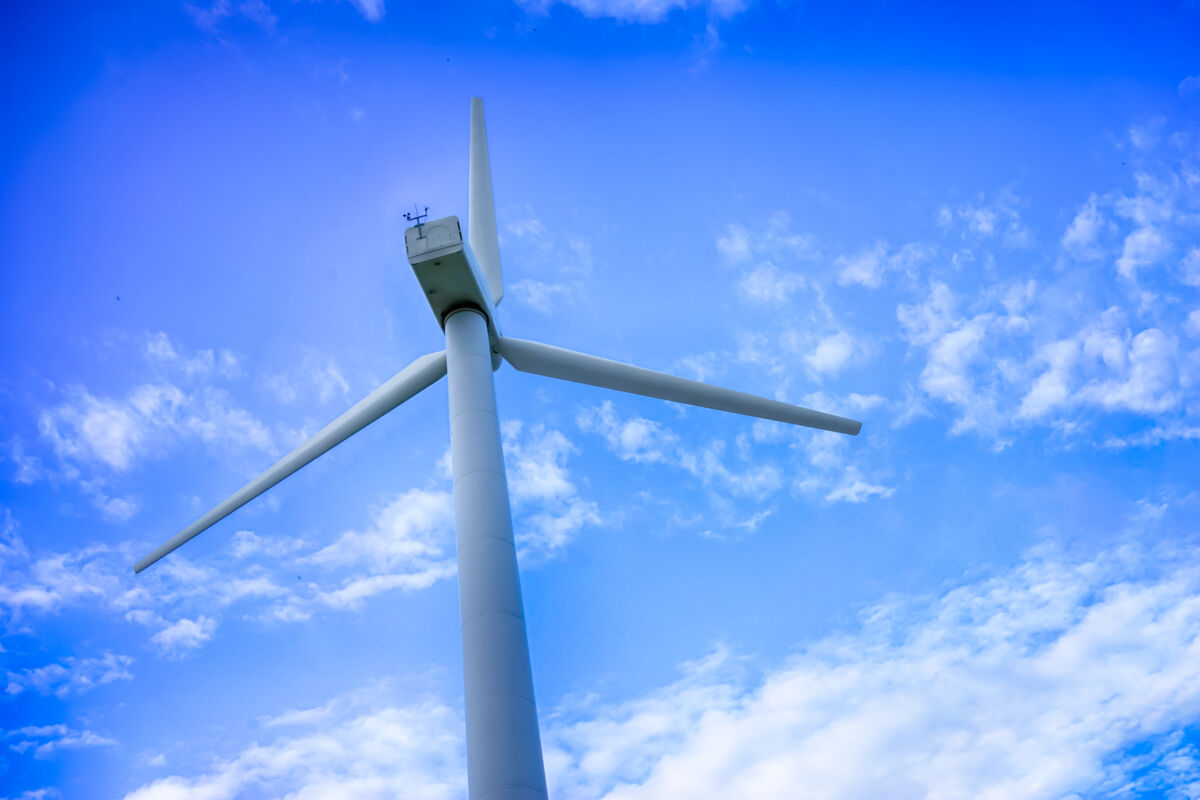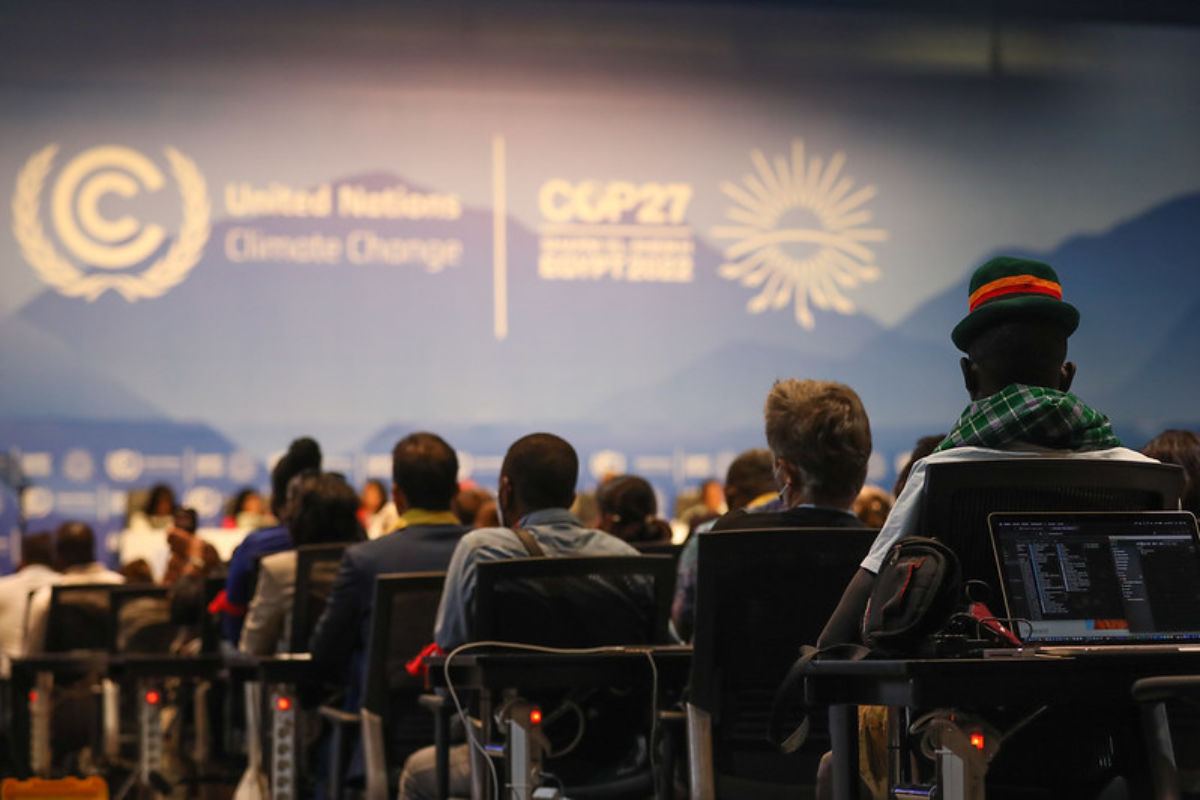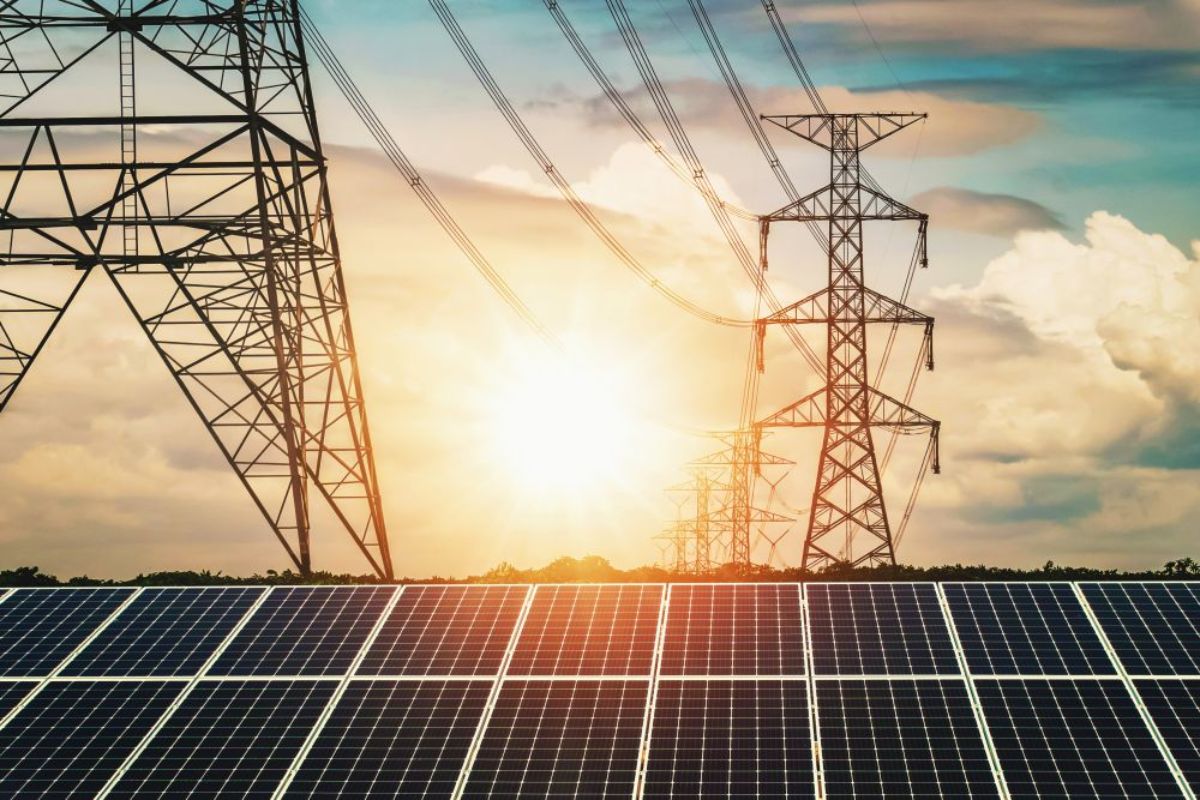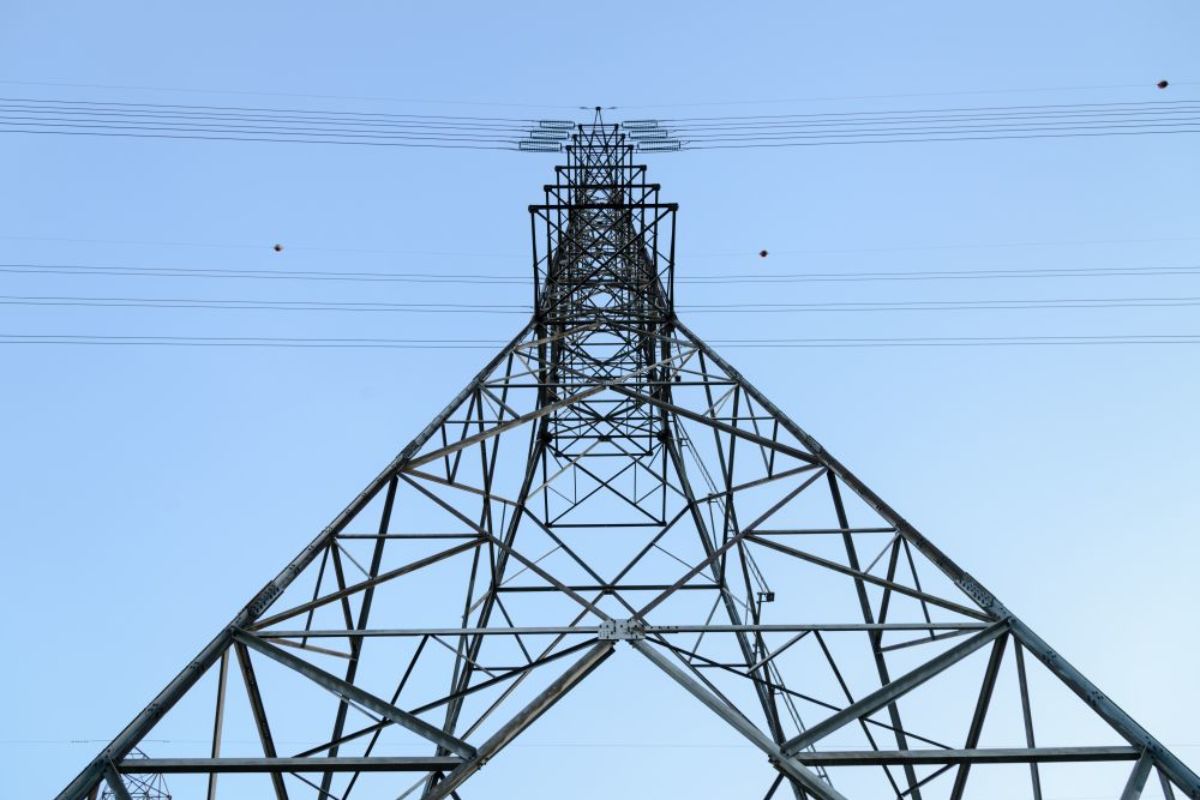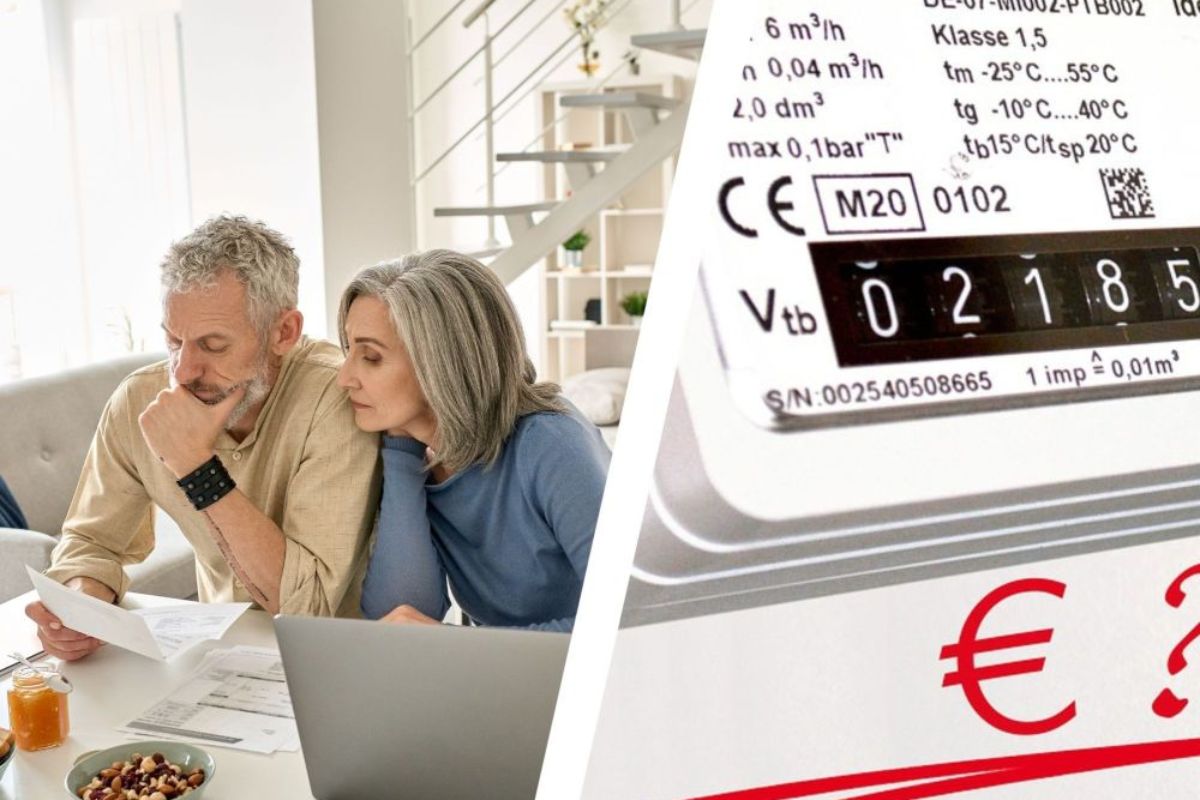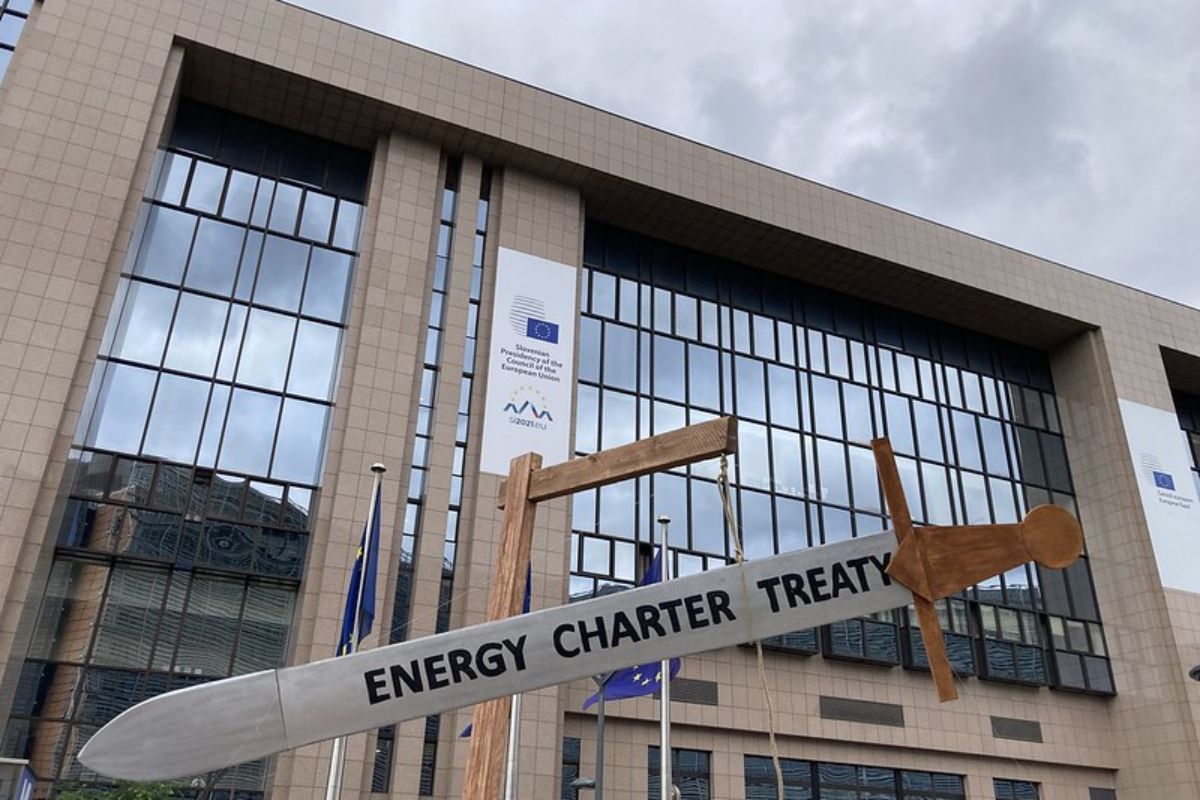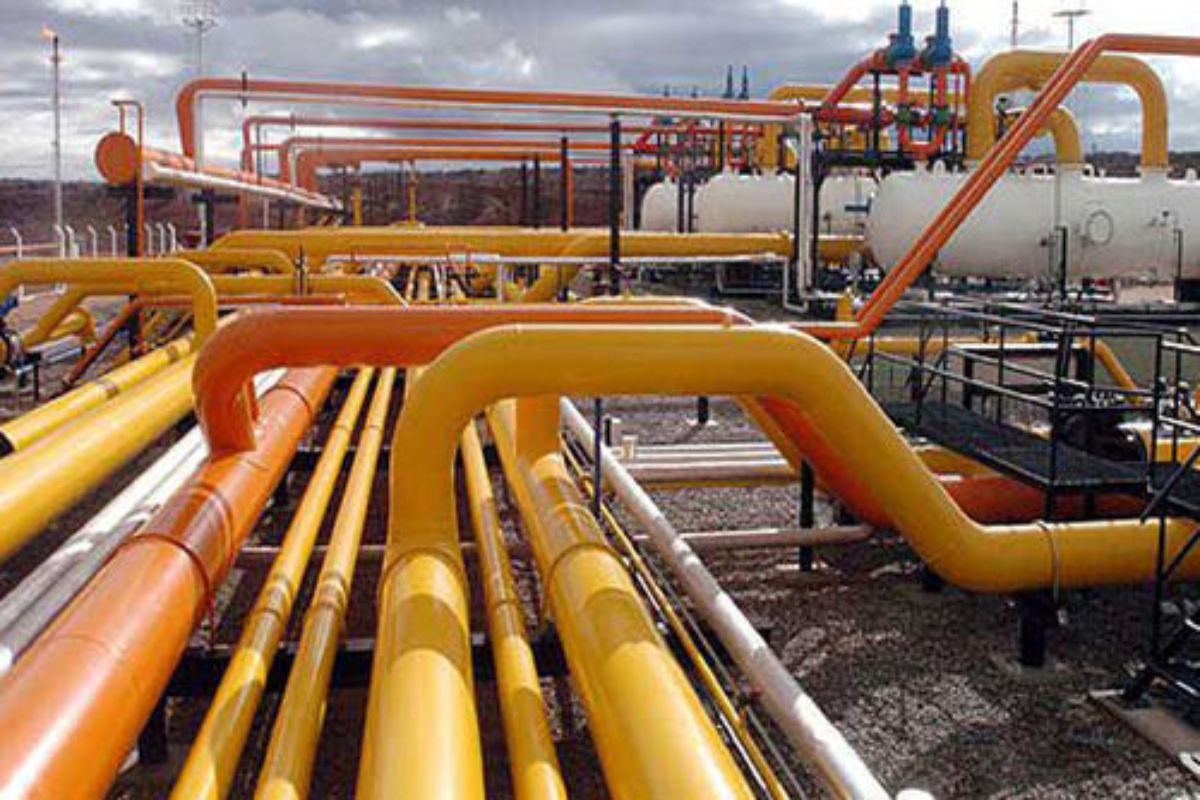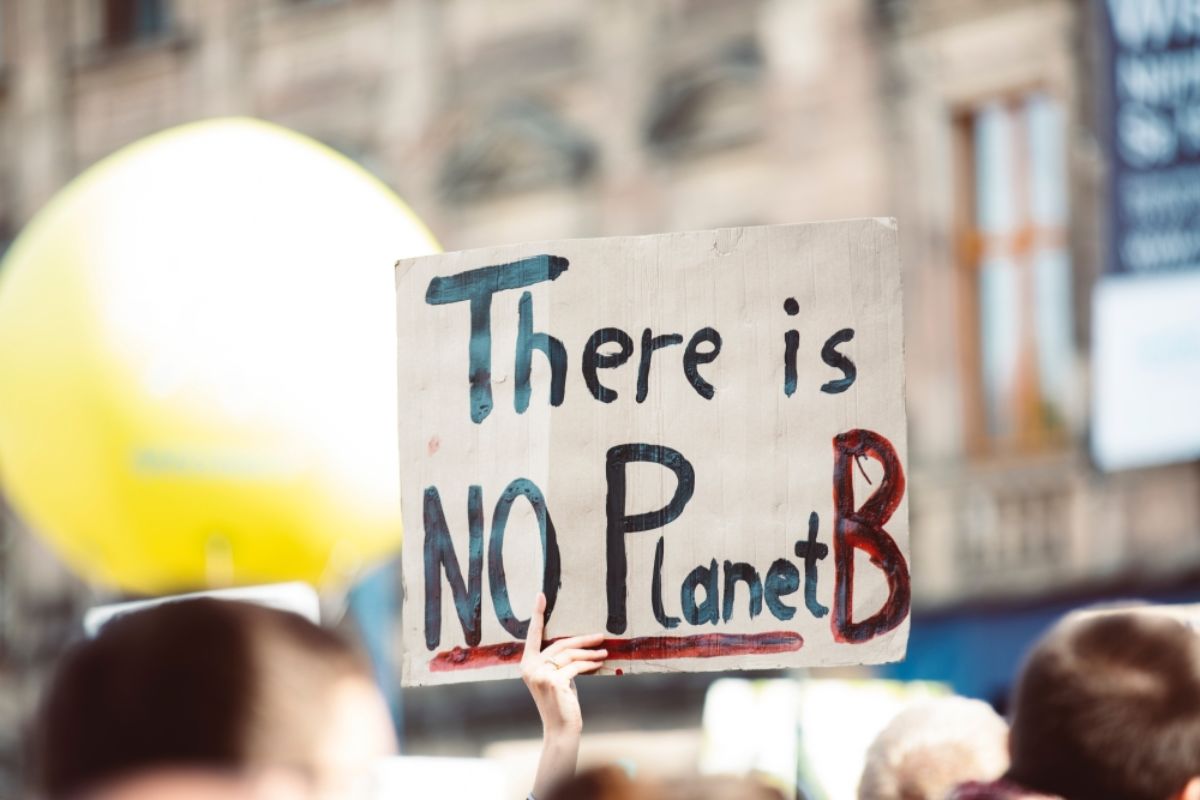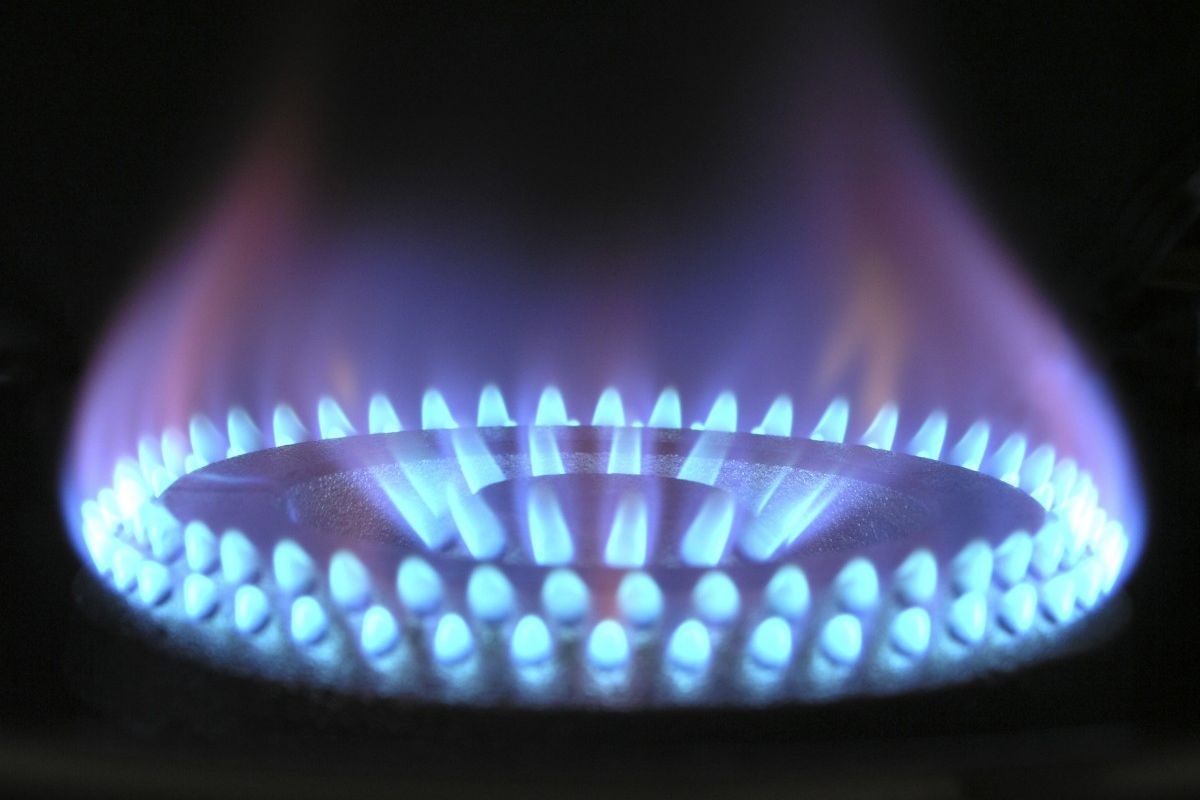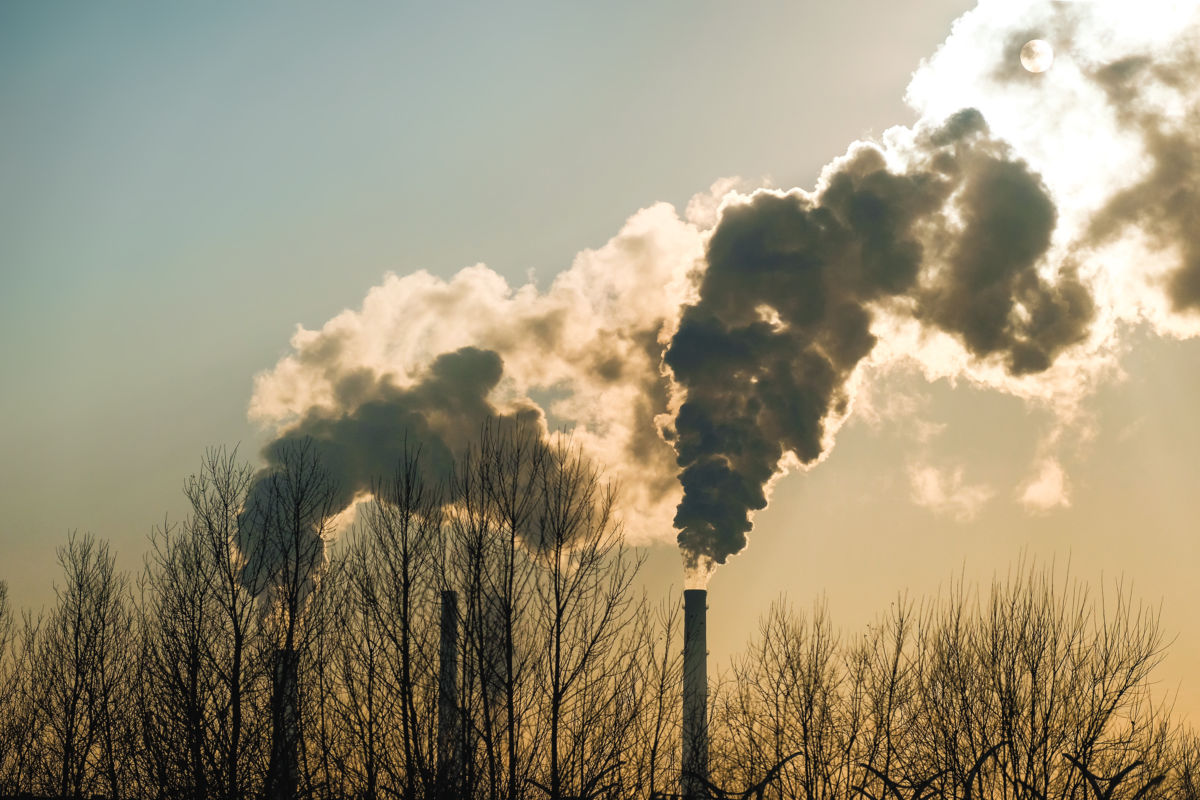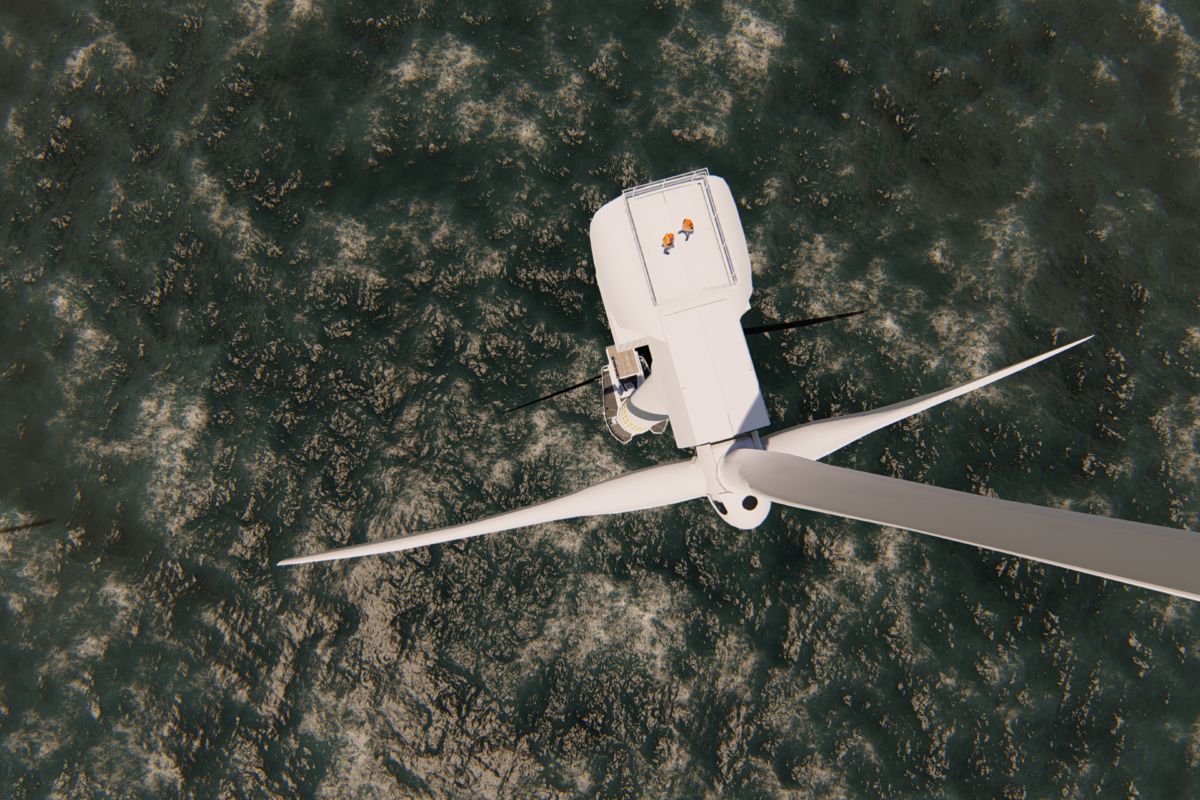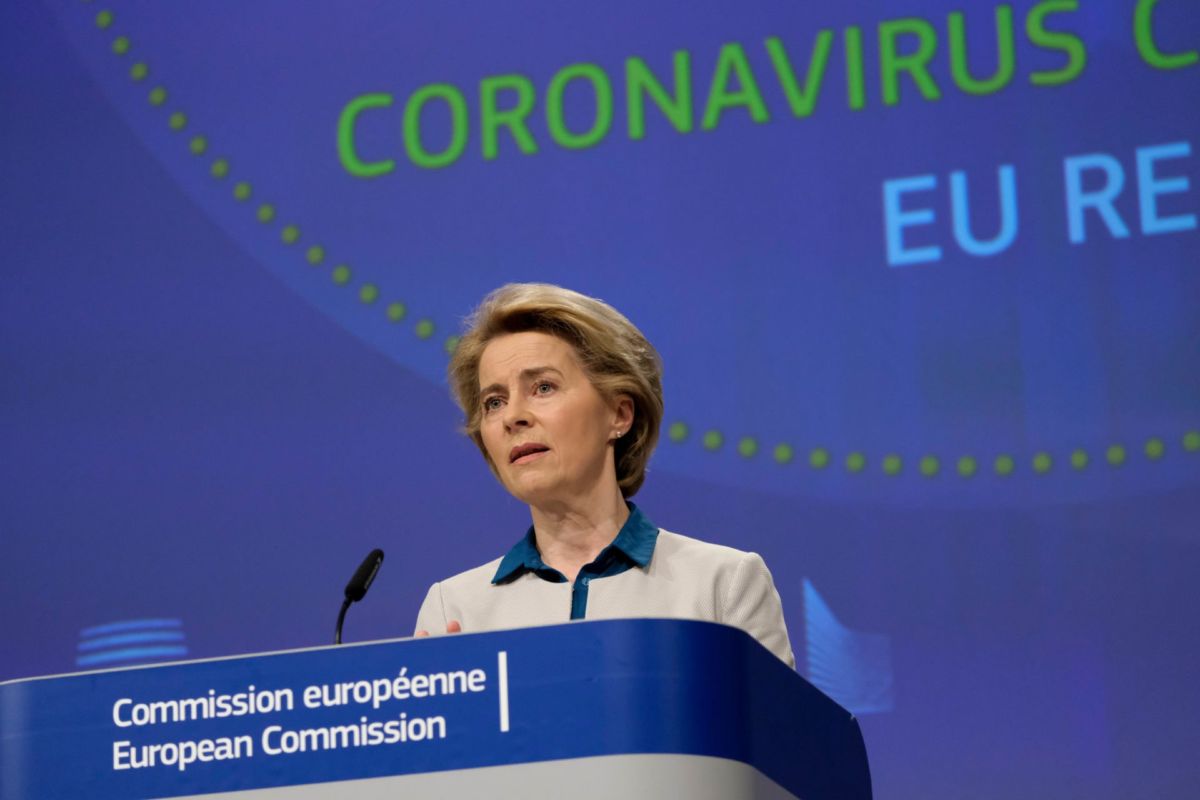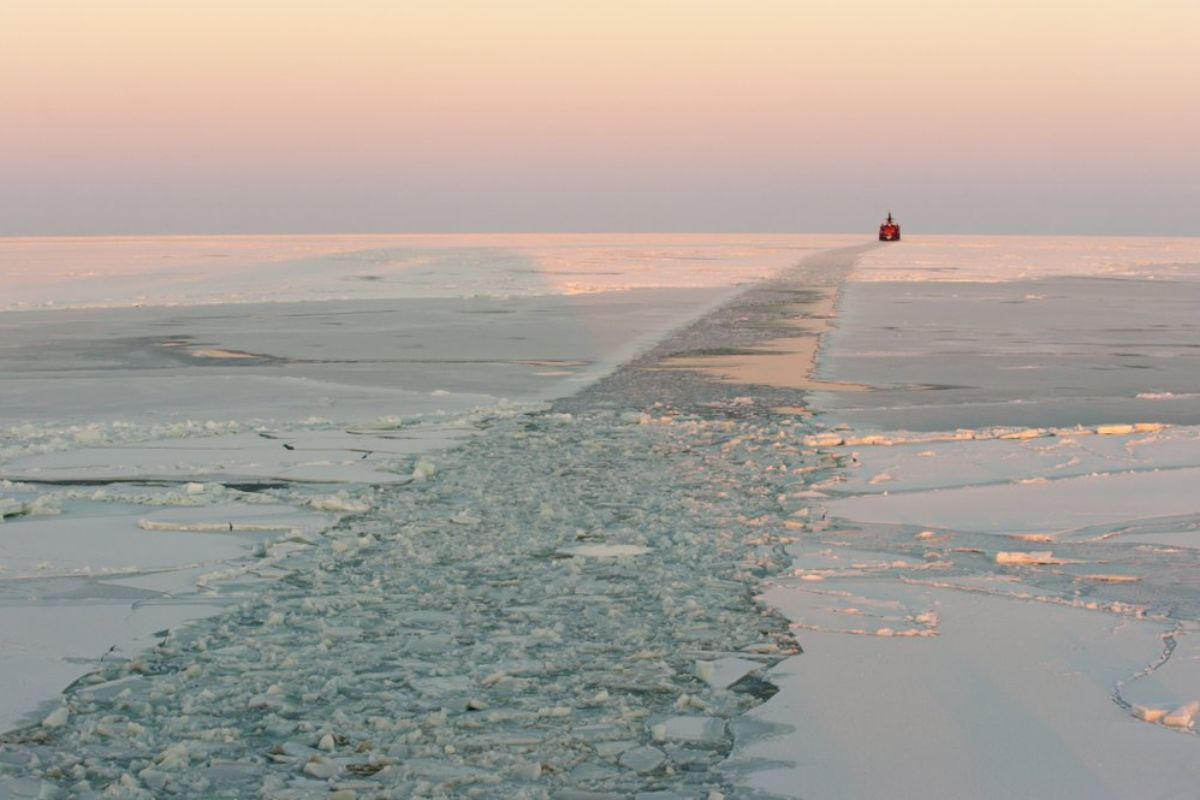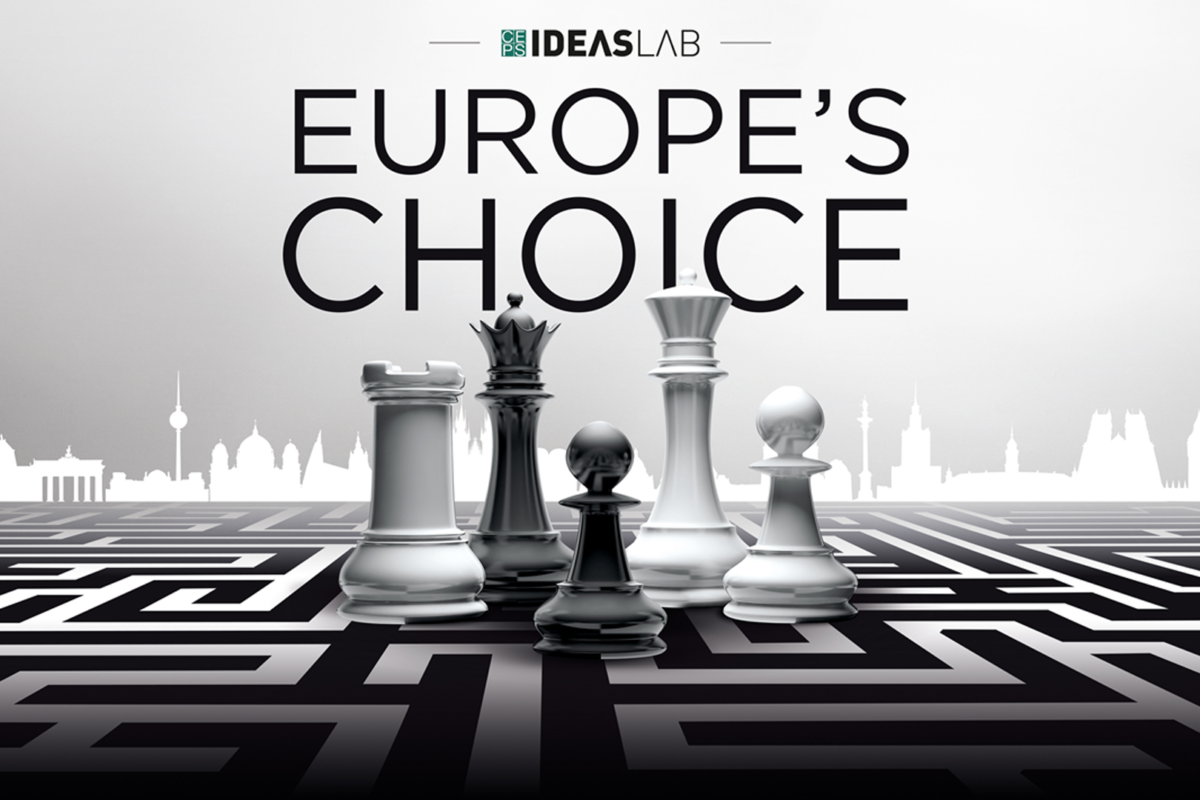The transition to a cost-effective net-zero economy by 2050 is essentially about electrification. Electricity is relatively easy to decarbonise – it can be produced domestically and is up to three times more efficient than combustion. As in other areas, China is leading the way, electrifying at a rate of one percentage point each year. In contrast, the EU’s electrification rate is stagnating at 23 %.
The future competitiveness of EU industry sectors will critically depend on large volumes of affordable low-carbon electricity. Alas, investment in renewable energy is slowing while costs are only increasing.
It’s the electricity system costs, stupid
The Draghi report has identified several causes: insufficient network investment, price volatility due to a reliance on short-term markets, Member State taxes and levies and – once again – the lack of a single market. At the same time, Europe is less well endowed with solar, wind or geothermal resources than the US and China, which reverberates on cost levels, even if subsidies are left aside. This doesn’t however mean that nothing can be done.
For decades, EU policy has focused on increasing renewable supply via targets and direct and indirect subsidies. EU renewable energy supply increased from around 6 % in 2006 to a remarkable 25 % in 2023. So, government-induced supply leads to oversupply.
Then why are prices not coming down? Specific to the EU electricity market, with a high share of intermittent renewable energy sources such as wind and solar, is that this oversupply is not easily recognised. Numbers may suggest that on average, supply and demand are balanced. However, total systems costs tell us a different story.
When electricity can’t be transported due to a lack of connectivity or other structural imbalances, it must be compensated financially. The Draghi report (page 15) states that payments associated with congestion have increased from EUR 55 million in 2021 to EUR 3.4 billion in 2022. Redispatch costs could reach EUR 50-100 billion by 2040. This would translate into up to 310 TWh of renewable generation by 2040 to be ‘curtailed’, i.e. installations that are temporarily shut down, which is roughly the equivalent of today’s total wind production.
This would be more than 11 % of today’s total EU generation. Reasons why include grid constraints and the increasing occurrence of negative prices, which happens when all wind turbines and solar panels are generating at the same time.
Breaking the vicious cycle – it’s time to turn the focus to demand
The EU’s focus on subsidising supply and associated system costs means higher prices. To electrify, industry will require some form of additional subsidies. The situation is made worse by the fact that a combination of curtailing, negative prices, and low and increasingly uncertain industrial demand undermines the investment case for generators. Which means that investment is slowing.
To break this vicious cycle, we propose to establish a link between supply and industrial demand. This will bring industry back onto the path to electrification. The scale is sizable. AGORA estimates that electrifying industry would create additional demand of between 1 600 and almost 4 000 TWh by 2035, easily accommodating new supply.
How would it work?
Subsidies would be temporarily required before costs come down through technology learning. Subsidies, however, will have to be targeted.
Aid will be needed to bridge the gap between the cost of natural gas plus the carbon cost of the EU ETS on the one hand, and the cost of electricity, plus the cost of the investment needed to electrify heat production (a ‘hot swap’), on the other. In short, the higher the ETS price, the lower the subsidy.
That’s why it would be useful to differentiate between industries and processes, i.e. different ‘types of heat’, which have different needs for subsidies, going down over time.
Finally, projects and associated subsidies would be auctioned, guaranteeing that the most cost-effective solutions are chosen and existing supports systems (for example, from Member States) would be compatible and could be retained.
For this to happen, it will require a system of carbon contracts for difference (CCfDs). They protect an installation, e.g. green steel or green chemicals from input price risk, e.g. electricity or hydrogen. Then the government guarantees an agreed price. If the market price is too high, the government then covers the difference. If the market price is lower, the company must pay the government.
Ideally, CCfDs are applied EU-wide to avoid any further fragmentation of the single market. The obvious instrument is the EU Innovation Fund, which already applies this model.
But additional funding will be required. This doesn’t necessarily have to come from EU sources – Member States could step in. The Innovation Fund has been purposely designed as a platform for Member States to use, with Germany already having used it.
Alternatively, Member States could auction their own CCfDs, Germany again having done so. The disadvantage here though is that national auctions require state aid clearance.
The bidder could bid based on the price EUR/tonne CO2 avoided or in EUR/tonne as has also been suggested. Both have their strong points but the choice isn’t fundamental.
Essential however is how the electricity is sourced. This can either be done through a long-term Power Purchasing Agreement (PPA), a direct contract for example between an industrial installation and a wind park or the grid, provided the grid itself is already low-carbon. In both cases, the contracted price of electricity under the PPA would thus become an integral part of the bidding strategy.
The long-term PPA ‘guaranteed’ by the CCfD provides certainty both to industry and the decarbonised power generator at project level. Both the generator and the industry will have an incentive to offer the lowest possible price to win the bid.
Certainty all around – and politically possible
The proposed shift to a focus on industrial demand will create certainty for both industry and the electricity generator, notably at project and therefore at investment level. Thus, it’s the best insurance against the risk of spiralling electricity systems cost and ultimately it will help to lower electricity prices for industry, businesses and consumers. It will also help to identify grid constrains and facilitate new investment.
Of course, this shift must be part of a broader toolbox, including infrastructure development, EU competition rules, completing the internal energy market, de-risking and reinforcing EU coordination.
Politically, it could work because it leaves flexibility to the EU and Member States when it comes to subsidies that both are politically desirable and affordable.
This CEPS Expert Commentary is part of a special series being published prior to the CEPS Ideas Lab on 3-4 March 2025 to showcase some of the most innovative ideas we’ll be rigorously debating with our participants. More info can be found on the official Ideas Lab 2025 website.






